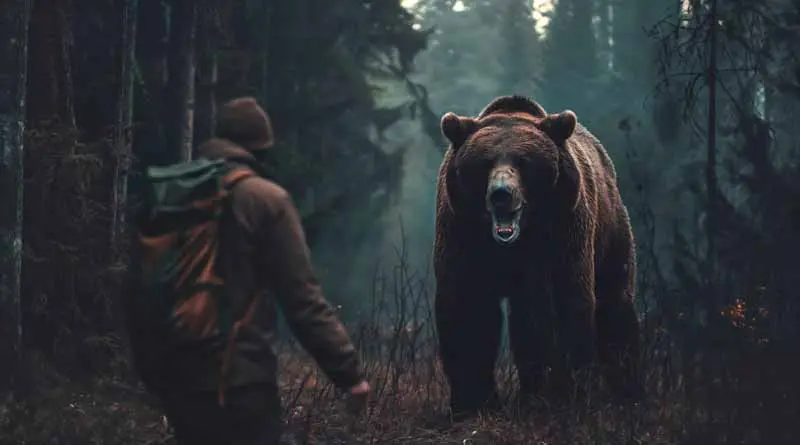
What Should I Do If I Encounter Dangerous Animals In The Wild?
The sun was setting, casting a golden hue over the dense forest as I trekked deeper into the wilderness. It was in these serene moments that I often pondered the critical questions of survival, and today’s thought was particularly pressing: “What should I do if I encounter dangerous animals in the wild?”
In the wild, encounters with animals are inevitable. These creatures, while often majestic and awe-inspiring, can pose significant risks. Understanding what to do when faced with a potentially dangerous animal can be the difference between a safe return and a tragic encounter. This question isn’t just about curiosity; it’s about preparedness and respect for the natural world.
Exploring the Options and Obstacles
As I continued my hike, I considered the various scenarios one might encounter with different types of wildlife and the challenges each presents.
Option 1: Ignoring the Signs
One option is to ignore the signs of wildlife presence. This includes disregarding tracks, droppings, or the sounds that animals make. However, this can lead to sudden, close encounters that can be dangerous. The obstacle here is complacency and a lack of awareness.
Option 2: Overreacting with Panic
Another option is to overreact with panic. Running away or making sudden movements can trigger a predator’s chase instinct. The challenge here is controlling one’s natural fight-or-flight response.
Option 3: Inadequate Preparation
A third option is being inadequately prepared. Not carrying essential tools like bear spray or failing to learn about the wildlife in the area can leave you vulnerable. The obstacle is the lack of preparation and knowledge.
Presenting the Best Solution and Implementation
After weighing these options, I concluded that the best solution is a combination of awareness, preparation, and calm, deliberate action. Here’s how to handle encounters with various dangerous animals:
Step 1: Awareness and Prevention
The first step is to stay aware and prevent encounters when possible. This involves making noise while hiking to alert animals of your presence, traveling in groups, and keeping a lookout for signs of wildlife such as tracks or droppings.
Step 2: Specific Animal Strategies
Bears:
- If you see a bear before it sees you, back away slowly without turning your back on the bear. Make yourself appear larger by raising your arms and make noise to scare it off. If a bear approaches, use bear spray when it’s within 25-30 feet. For black bears, do not play dead; fight back by targeting the bear’s eyes and nose. For grizzly bears, if they attack, playing dead can be effective by lying flat on your stomach and covering the back of your neck with your hands.
Mountain Lions:
- Never run. Stand your ground, make yourself appear larger by raising your arms, and make eye contact. If the lion approaches, throw objects, make noise, and appear as aggressive as possible. If attacked, fight back vigorously, protecting your head and neck.
Wolves and Coyotes:
- Do not run. Maintain eye contact, make yourself look larger, and slowly back away while making noise to scare them off. If they attack, fight back using any available tools.
Snakes:
- Avoid tall grass and rocky areas where snakes may hide. If you see a snake, back away slowly and give it space. Wearing thick boots and long pants can help prevent bites.
Moose:
- Moose can be aggressive, especially for mothers with calves. If you encounter a moose, back away slowly. If it charges, try to get behind a large tree or rock.
Resources and Tools Needed
To effectively implement these strategies, certain resources and tools are essential:
- Bear Spray: A must-have in bear country, useful for deterring aggressive bears.
- Noise Makers: Bells or other noise-making devices can alert animals to your presence.
- Protective Clothing: thick boots and long pants for snake-prone areas.
- Emergency Communication Device: Devices like the Garmin InReach can send SOS signals if you need rescue.
Conclusion
As the last light of day faded, I set up camp with a renewed respect for the wilderness and its inhabitants. Encountering dangerous animals in the wild is a test of one’s preparedness, awareness, and composure. By staying vigilant, prepared, and knowing how to react, you can navigate these encounters safely.
The wild is both beautiful and unpredictable, and respecting its rules is paramount. Every rustle in the bushes, every distant call of a wild animal, is a reminder of the delicate balance we must maintain. Survival in the wild is not just about physical endurance but also about mental resilience and preparedness. And with these strategies in hand, one can face the wilderness with confidence and respect.






